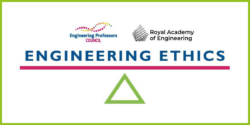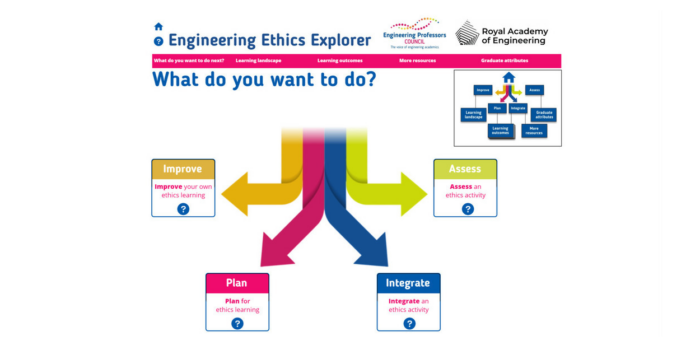 What personal values will an engineer have to weigh in order to decide which job offer to accept? Which companies are doing the work that an engineer might feel is most ethically impactful? What wider impact does the work of a company have?
What personal values will an engineer have to weigh in order to decide which job offer to accept? Which companies are doing the work that an engineer might feel is most ethically impactful? What wider impact does the work of a company have?
These are some of the questions posed in our beginner level Engineering Ethics Toolkit case study, Choosing a career in climate change geoengineering, which addresses the ethical issues of respect for the environment, social responsibility and risk, and examines situations that professional engineers need to consider, such as public health and safety, and communication.
This case study involves a dilemma that most engineering students will have to face at least once in their careers: which job offer to accept. It allows students to consider how personal values affect professional decisions.
We’ve provided this, and other case studies and case enhancements for you to use and adapt in your teaching. If you’re new to ethics, we have a growing library of guidance articles available to support you, and an interactive Ethics Explorer to get you started.
Want to contribute your own content to the Ethics Toolkit? Get involved here.
 What personal values will an engineer have to weigh in order to decide which job offer to accept? Which companies are doing the work that an engineer might feel is most ethically impactful? What wider impact does the work of a company have?
What personal values will an engineer have to weigh in order to decide which job offer to accept? Which companies are doing the work that an engineer might feel is most ethically impactful? What wider impact does the work of a company have?
